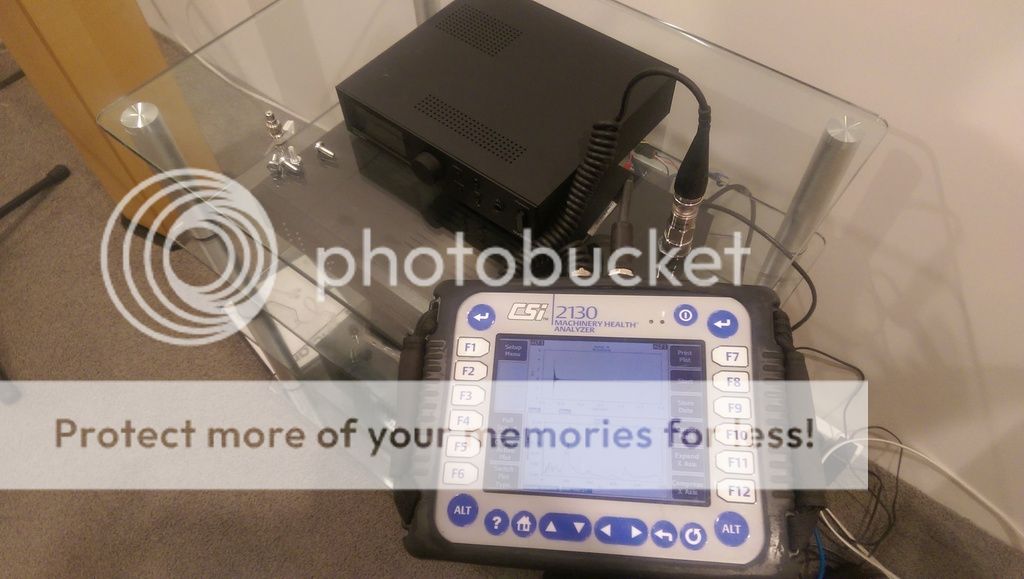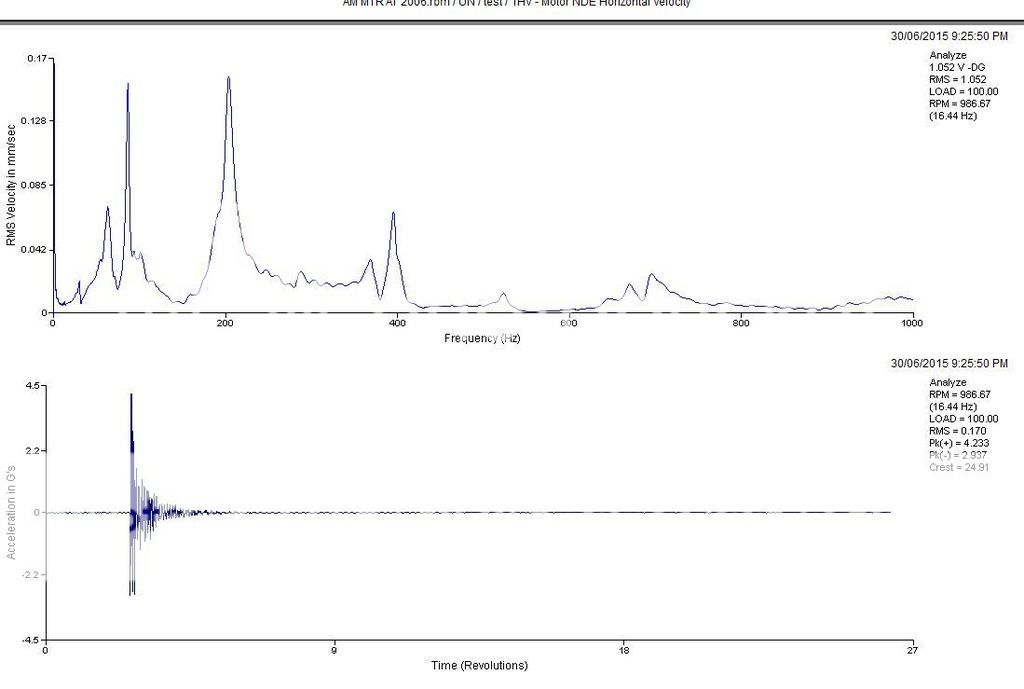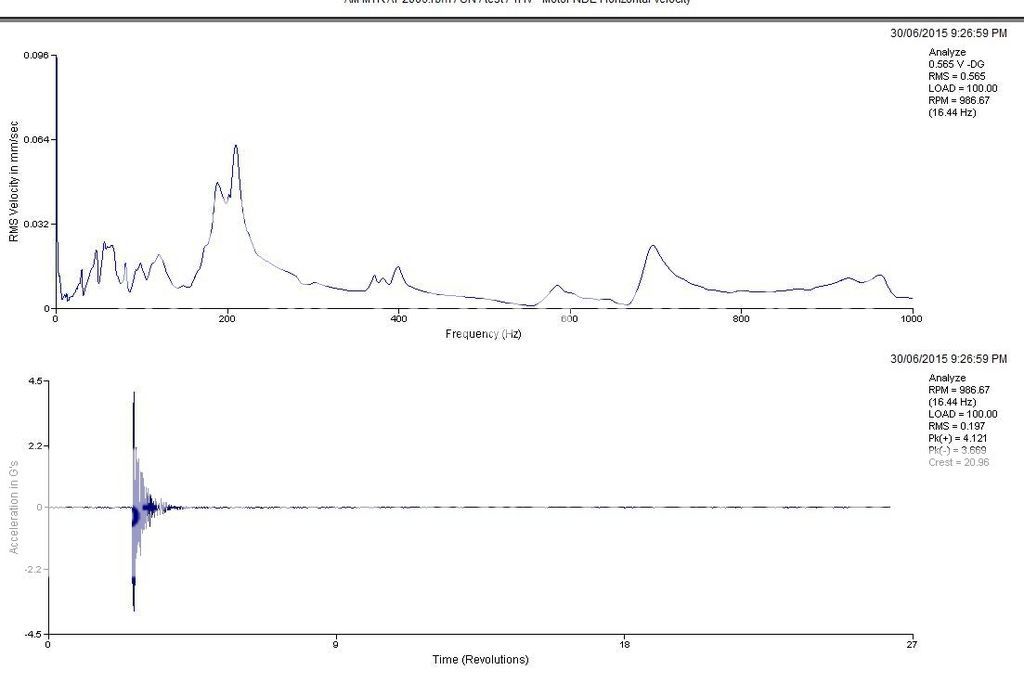Ok, well let's say then that there are people - I'm one of them - that can hear differences from using so called anti-vibration products.
You have done some vibration measurements which, and I must trust your experience here as I'm no expert, you say lead to vanishingly small vibrations which you think will have no noticeable effect on the sound we hear.
Is that a fair summary?
It summarises one part of what BE is saying. But since BE has agreed that this is a fair summary of what he is saying, why not take this as your starting point:
1) most vibration coming from sound playing in a room comes through the air. if I have understood correctly, you can't stop that vibration using any stand.
2) You can't effectively stop vibration coming from the floor using a rigid stand.
3) you can't, using a rigid stand, drain from a component the vibration coming though the air or coming from the component itself .
4) solid state components are not really affected by vibration anyway, if they were it would be common knowledge in the design of pretty much all sensitive electronic equipment not just the ones with moving parts.
5) if they were affected in this way, and for other things which really are affected, like turntables and maybe valves, in order to isolate or reduce the effect of vibration you need a specific design strategy based on compliant coupling , damping and/or changes to the effective mass of the thing you are protecting which will have to be based on specific properties of the thing you are protecting and the frequencies of concern
6) stands which are not designed in this way can only have either no effect or at best a random effect as they might change the amount or quality of vibration coming through the floor, but not eliminate or probably reduce it. Most of the time they probably have little effect. However, even then, let's not forget 1)
I find it interesting that the delicate instruments in laboratories do benefit from similar platforms.
The bits of equipment which benefit from isolation are basically things which measure movement or physical location or need to look at small or distant things, not solid state electronics. In contrast we know that solid state electronics can function very well in environments with massive amounts of vibration and without needing to control that vibration.
This leads to some obvious questions.
if you are starting from the right place.
Are our audio boxes as sensitive as these lab instruments?
are which which audio boxes as sensitive as (eg) electron microscopes? Obviusly not the ones containing only solid state electronics. But maybe sort of something with a moving part which converts movement into an electrical signal like a turntable
How sensitive are the lab instruments? What exactly are the sources of vibrations they are trying to counteract.
Perhaps studying the research associated with lab anti-vibration products may help us. There's no harm in asking them, so I will!
But BE has done exactly that, and he's been trying to tell you the answer for this entire thread and you have been ignoring it. Also, Keith has if I understand him experimented with the use of equipment designed by people who design vibration protection devices for lab equipment.
As BE is telling you, you have to start by working out whether yur equipment is sensitive to any and if so what vibration. It would be unwise to assume that a turntable (just because it is sensitive to vibration) is sensitive in the same way or to the same extent as an electron microscope.
Then (strange as it may sound) you need to work out whether you wish to isolate the equipment from that vibration. You wouldn't (i'm guessing) put an electron microscope in a room with very loud music. Loud music (if there is any) is likely in most settings to be the biggest source of vibration reaching the equipment. Yet there seems to be anecdotal evidence that people dn;t like the sound of turntables placed in a separate room (ie without the acoustic feedback). Go figure.
Then if you do want to isolate the equipment from that vibration, you design your equipment accordingly, having regard to its mass, resonant frequencies, the frequencies you are seeking to isolate etc. The lesson we learn from all of this is that it would be very unlikely that any generic stand (ie one not designed for the specific equipment you wish to protect) would be any good. It is also quite unlikely that it would produce consistent results.
if, therefore, one receives reports of consistent listening results from a product, and those results have not been generated by a test which controls for the possibility that they are not generated by a physical change....






